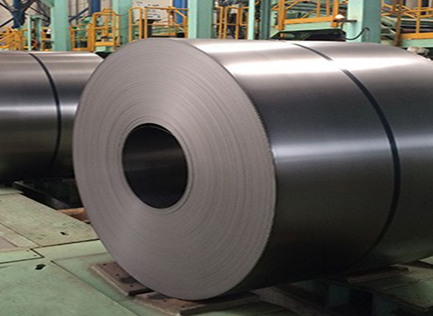
Both hot rolled and cold rolled steel have their advantages and disadvantages when it comes to machining. The choice between the two depends on factors such as the specific machining operation, the desired surface finish, the material properties, and the cost considerations. In this news, I will explain the characteristics of both hot rolled and cold rolled steel in relation to machining and discuss their respective benefits and limitations.
Hot rolled steel is produced through a rolling process at high temperatures. The steel is heated above its recrystallization temperature and then passed through a series of rollers to achieve the desired thickness and shape. Hot rolled steel has certain characteristics that can impact its machinability:
1. Material Properties: Hot rolled steel tends to have a rougher surface compared to cold rolled steel. The cooling process after rolling can create a scale layer on the surface, which may need to be removed before machining. However, the rough surface can provide better grip and reduce the chances of workpiece movement during machining.
2. Ductility: Hot rolled steel generally exhibits higher ductility than cold rolled steel. This allows for greater flexibility during machining operations such as bending, forming, and shaping. It is particularly advantageous when machining complex or intricate parts.
3. Cost-Effectiveness: Hot rolled steel is often less expensive than cold rolled steel due to its simpler manufacturing process. For certain applications where cost is a significant factor, hot rolled steel can be a more economical choice.
- Ease of Forming: Hot rolled steel's higher ductility and pliability make it easier to form and shape during machining operations such as bending, punching, and extrusion.
- Reduced Brittle Behavior: The heating process involved in hot rolling eliminates some of the internal stresses in the steel, reducing the risk of brittleness and minimizing the likelihood of cracking or fracturing during machining.
- Surface Quality: Hot rolled steel tends to have a rougher surface with scale or mill scale present. This may require additional steps, such as grinding or sanding, to achieve the desired surface finish.
- Dimensional Tolerance: Hot rolled steel can exhibit slightly looser dimensional tolerances compared to cold rolled steel. This may be a consideration for machining operations that require precise dimensions.
Cold rolled steel is manufactured through a process that involves rolling the steel at room temperature. The steel is passed through rollers that apply pressure to reduce the thickness and improve surface finish. Cold rolled steel has different characteristics compared to hot rolled steel:
1. Surface Finish: Cold rolled steel has a smoother and more refined surface finish compared to hot rolled steel. The rolling process at lower temperatures reduces the presence of scale and produces a more consistent surface quality.
2. Dimensional Tolerance: Cold rolled steel tends to have tighter dimensional tolerances compared to hot rolled steel. This makes it a preferred choice for machining operations that require precise dimensions and tight tolerances.
3. Material Hardness: Cold rolled steel can exhibit greater hardness compared to hot rolled steel. This can be advantageous for certain machining operations that require cutting or drilling into the material.
- Surface Finish: Cold rolled steel's smoother surface finish can result in improved aesthetics and reduce the need for additional finishing operations.
- Dimensional Accuracy: Cold rolled steel's tighter dimensional tolerances make it suitable for machining operations that require precise measurements and tight fits.
- Material Hardness: The increased hardness of cold rolled steel can make certain machining operations, such as drilling or tapping, more challenging and may require the use of appropriate cutting tools and techniques.
- Reduced Ductility: Cold rolled steel is generally less ductile compared to hot rolled steel. This can limit its flexibility during certain machining processes, such as bending or forming.
In summary, the choice between hot rolled and cold rolled steel for machining depends on various factors. Hot rolled steel offers greater ductility and ease of forming, making it suitable for operations such as bending and shaping. Cold rolled steel provides a smoother surface finish and tighter dimensional tolerances, making it preferable for applications that require precise measurements. Ultimately, the decision should consider the specific requirements of the machining operation, the desired surface finish, the material properties, and the cost considerations.
If you want to know more information about Cold Rolled Steel Coil and Hot Rolled Steel Coil, please contact us. We will provide professional answers.